I built an op amp on a breadboard, and in LTSpice, and in both cases the peak output (Vpp-out) is ~8.2V with a power supply ±5V.
Here's an image of my LTSpice schematic:
I was testing out different inputs, so I have it stepping up from 1V to 6V in 1V steps.
I understand that the output isn't going to match up with what's ideal, but that seems a little extreme and makes me think something is wrong.
It's not super clear, but here's a graph of the output and input vs time:
As you can see, the minimum output voltage is ~-4V, and the maximum is ~4V, which gives a Vpp of ~8V. Am I wrong? Should I change the schematic to have the V- go straight to ground instead of having a -5V potential?
Thanks for any help and advice!
Edit:
More information: I'm a university student trying to understand the result of one of my projects. My professor noted that the output of the inverting amplifier should not be able to exceed the power supply voltage. The 741 model was supplied by my university for creating the schematic.
As it was explained, the power supply's voltage is 5V. It was my understanding that the output should not exceed 5V. Should the power supply negative rail go to ground instead of being -5V? Is it actually ~10V here?
Here's a better question: Shouldn't the output be limited to 5Vpp since the power supply is 5V?

